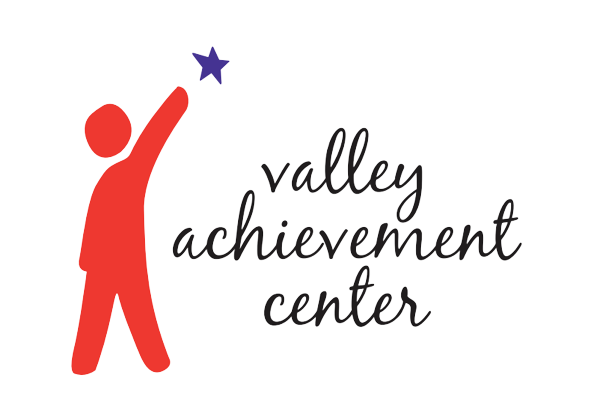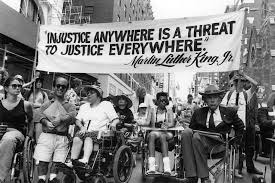As we celebrate Black History Month, it’s essential to recognize the profound impact of the Civil Rights Movement in advancing African Americans’ rights and laying the groundwork for broader societal change. While the Civil Rights Movement primarily focused on racial equality, its ripple effects extended far beyond, influencing other marginalized communities, including individuals with disabilities. At Valley Achievement Center, where we dedicate ourselves to supporting individuals with disabilities, we find inspiration in the interconnectedness of these movements and the strides made toward equality.
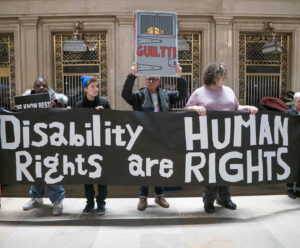
Parallel Struggles: Recognizing Common Threads
The Civil Rights Movement and the Disability Rights Movement share fundamental principles of equality, justice, and inclusion. Both movements challenged deeply ingrained societal norms and discriminatory practices that relegated certain groups to the margins of society. African Americans fought against segregation and systemic racism, while individuals with disabilities confronted prejudice and barriers to full participation in society. Despite their distinct challenges, these movements intersected in pursuing rights and dignity for all.
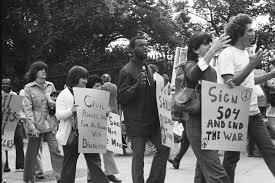
Legal Landmarks: Building Blocks of Progress
The Civil Rights Movement set crucial legal precedents that would later benefit the disability community. Landmark legislation such as the Civil Rights Act of 1964 and the Voting Rights Act of 1965 not only addressed racial discrimination but also established the framework for protecting the rights of individuals with disabilities. These laws laid the foundation for subsequent disability rights legislation, including the Americans with Disabilities Act (ADA) of 1990, which prohibited discrimination against individuals with disabilities in various areas of public life.
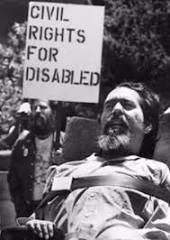
Shared Advocacy: Amplifying Voices
The strategies and tactics employed during the Civil Rights Movement inspired advocates in the disability community to organize and mobilize for change. Activists like Ed Roberts, often referred to as the “father of the independent living movement,” drew parallels between racial discrimination and disability discrimination, emphasizing the importance of collective action. The solidarity between these movements fostered alliances and amplified voices, leading to greater awareness and progress toward inclusive policies and practices.

Continuing the Legacy: Upholding Intersectional Values
As we commemorate Black History Month, we reaffirm our commitment to upholding intersectional values of equality and justice. At Valley Achievement Center, we recognize the ongoing work required to dismantle barriers and create a more inclusive society for all. By honoring the legacy of the Civil Rights Movement and its contributions to the disability rights cause, we strive to advance the rights and opportunities of individuals with developmental disabilities while recognizing the intersecting identities and experiences that shape their lives.
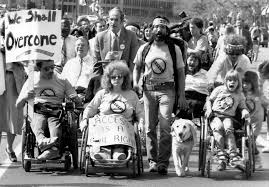
Conclusion:
The journey towards equality is paved with the collective efforts of diverse communities striving for justice and inclusion. As we reflect on the significance of Black History Month, let us celebrate the interconnectedness of past and present movements, recognizing the enduring legacy of the Civil Rights Movement in shaping the landscape of disability rights advocacy. Together, we continue to march towards a future where everyone, regardless of race, disability, or background, can thrive and contribute to our shared society.
